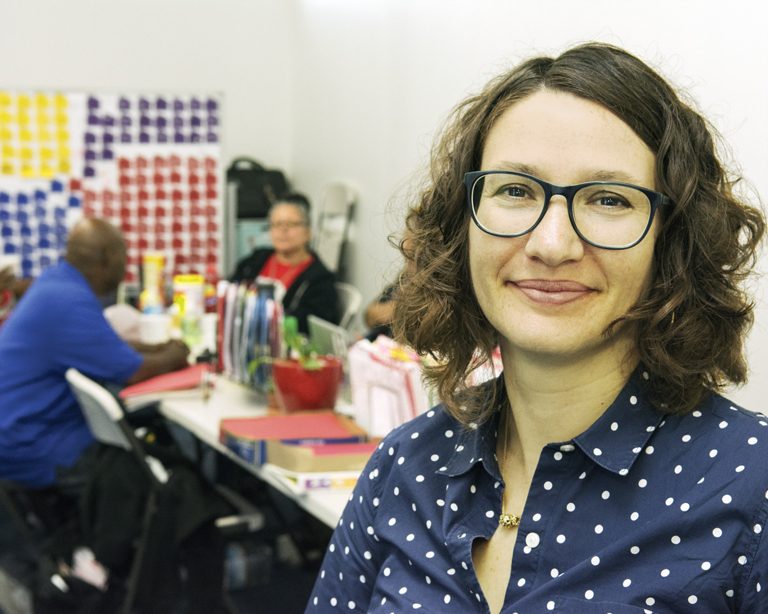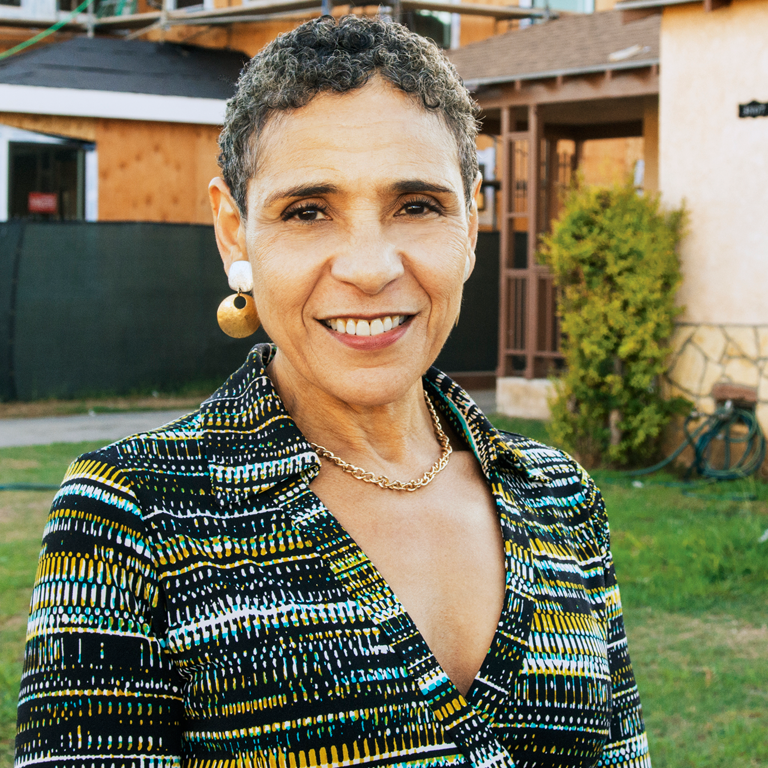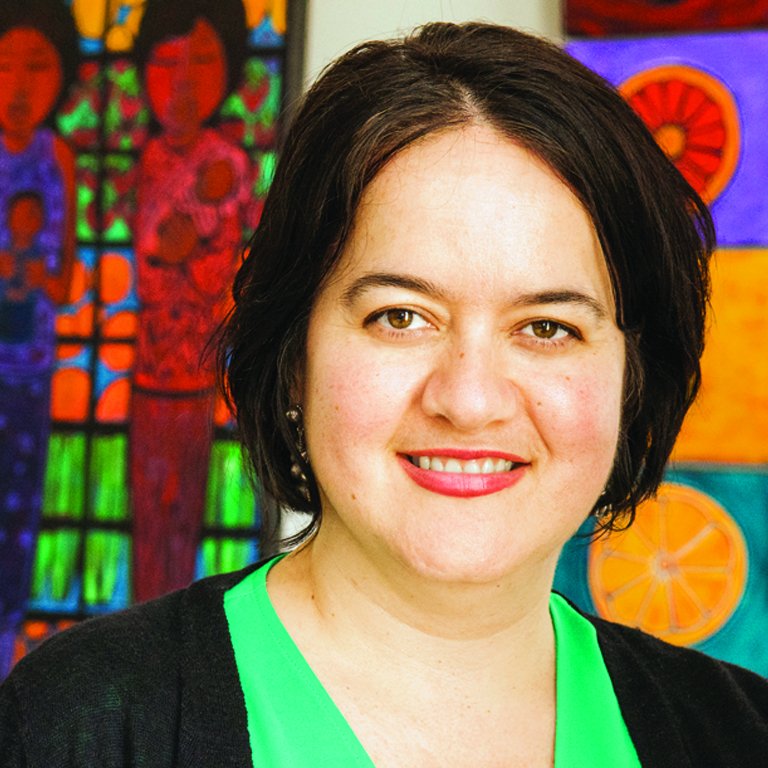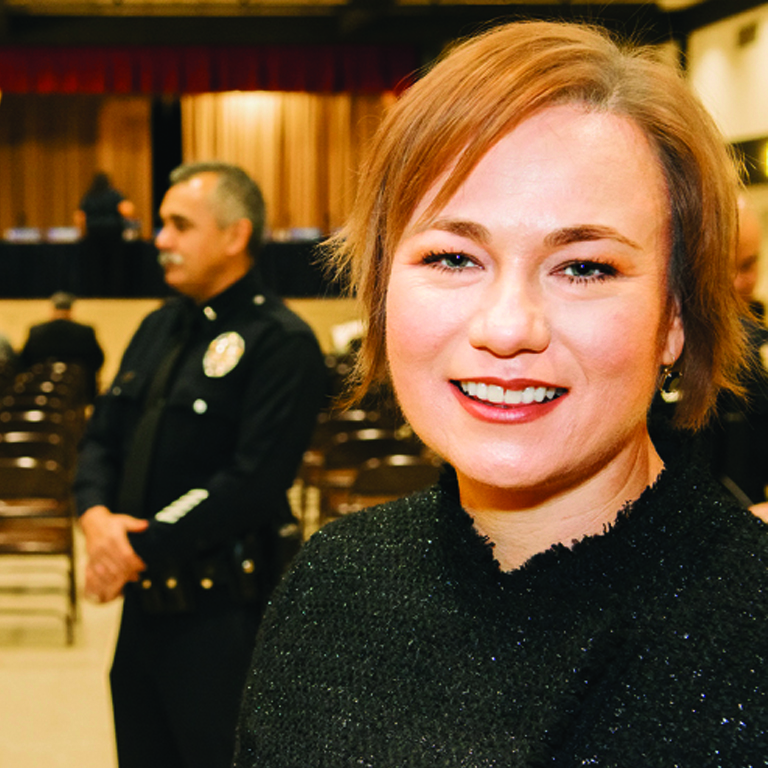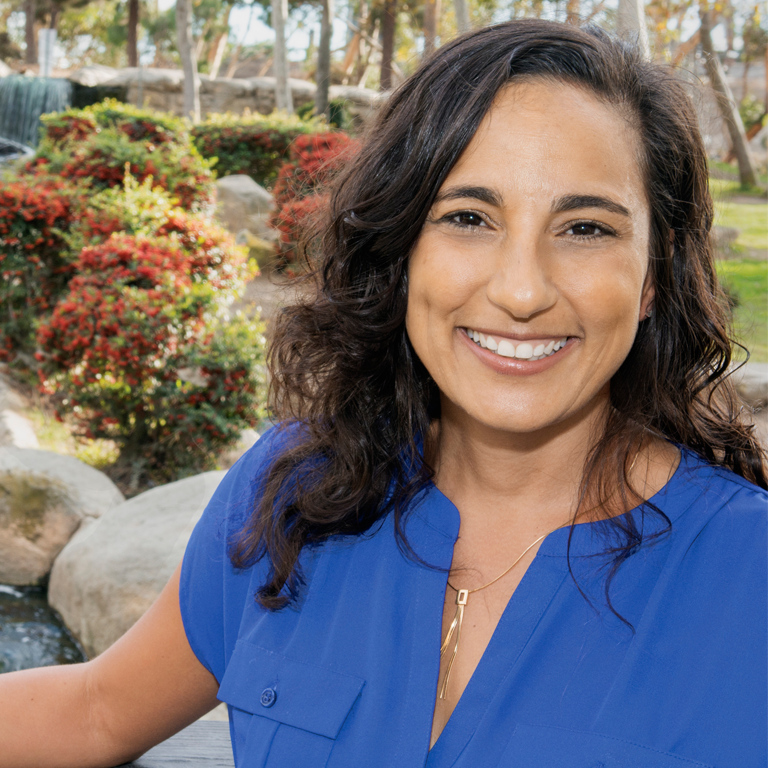Molly Rysman is the Housing and Homelessness Deputy for L.A. County Supervisor Sheila Kuehl. She notes that more money than ever is going into homelessness, more housing is being built, and yet the number of people on the street remains dismayingly high. Her hypothesis is that homelessness can’t be solved in vacuum, and a fresh assessment of the causes of and solutions to homelessness in 2017 and beyond is necessary. New funding from Measures H and HHH make this a ripe moment for reassessment.
Fellowship Summary:
Homelessness is the greatest challenges facing California. I have spent my career working to end homelessness, but that goal feels more elusive today than it did when I started in this field more than 15 years ago. That is because something shifted around 2014. We didn’t know what, but we could feel the difference. Many more people were falling into homelessness than we had ever seen before and so many of them had spent their lives gainfully employed, or were even employed while they were experiencing homelessness.
I started my Stanton journey the same year Los Angeles County passed Measure H, the ¼ cent sales tax to fund services to address homelessness. Measure H was a huge step forward, but I knew we would be funding interventions developed before the homeless crisis reached its zenith. I had to ask the question whether the global housing crisis demanded that we change how we respond to homelessness?
I started with the simple question of what happened? I poured over the latest papers by the leading economists studying housing markets. I started to understand the fourth industrial revolution and what it meant for cities to shift to a knowledge-based economy. I began to connect what was happening in Los Angeles to the rise in homelessness in European cities and could see that this was global phenomenon. New research showed how rises in rents drive inflows into homelessness in cities that cross a rental housing affordability tipping point.
I knew from the beginning of my fellowship that I wanted the collective wisdom of my community to inform my Stanton inquiry. My first act as a Stanton Fellow was to establish a Community Advisory Circle. That was followed by conducting oral histories with people lived experience of homelessness. I decided I also wanted the wisdom of emerging leaders in the field who weren’t wedded to what we were already doing. We created EmergingLA – a monthly mentorship/policy salon where emerging homeless leaders could explore their ideas about the causes and solutions of homelessness.
The collective wisdom that emerged from these conversations illuminated that economics alone could not explain what was happening. A voice inside me told me to go to Alabama for the opening of the Equal Justice Initiative’s Peace and Justice Memorial. I couldn’t explain how a monument to racial terror was connected to homelessness, but something was calling me there. Listening to that tiny voice changed the course of my Stanton and how I understood my work.
The opening of the Peace and Justice Memorial was life changing. But beyond the profound experience of understanding how slavery continues to define our country, I began to be able make the connection between the commodification of land and structural racism. We have a toxic relationship to land in this country because we have deeply vested beliefs about who is allowed to prosper and belong, and who is not. Land is the most powerful tool to enrich or to strip a person, or group of people, of resources. For the first time I could trace the line from native American genocide to slavery to homelessness. We are simply continuing 500 years of casting people out.
This isn’t rocket science. Native American and Black people experiencing homelessness know this in their bones. But professionals working in homelessness often ignore this wisdom. Now that I could feel this in my bones too I had to find a way to communicate this narrative to my community and give them tools to address the commodification of land and structural racism. We settled on the framework of housing justice.
I concluded my fellowship by teaming up with an amazing team of people who knew homelessness professionally and personally to host a Housing Justice Summit. We shared the journey I had been on, personal stories and expression, and explored how to create solutions to homelessness rooted in housing justice. We also captured and shared the ideas from the Summit through the Housing Justice LA podcast.
As I continue to work towards an end to homelessness I now strive for deeper solutions. Because I worked so closely with my community through my Stanton journey we have shared language and goals around housing justice that we work towards together. We are starting to hear whispers of housing as a human right reflected locally and nationally. Now we begin the work of turning those whispers into a roar.
